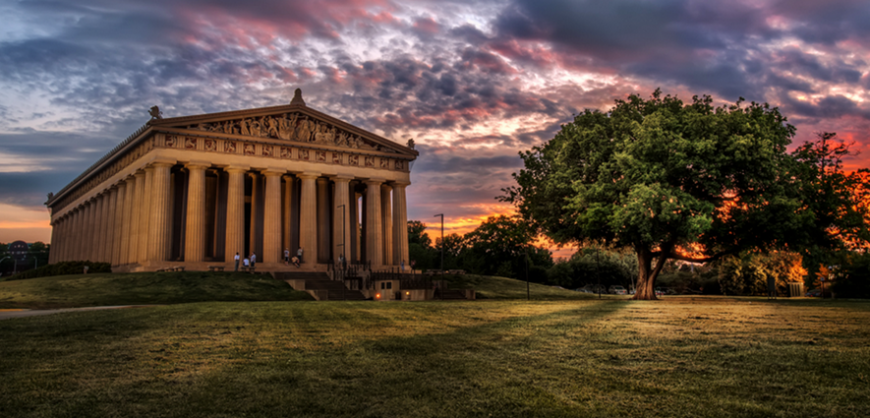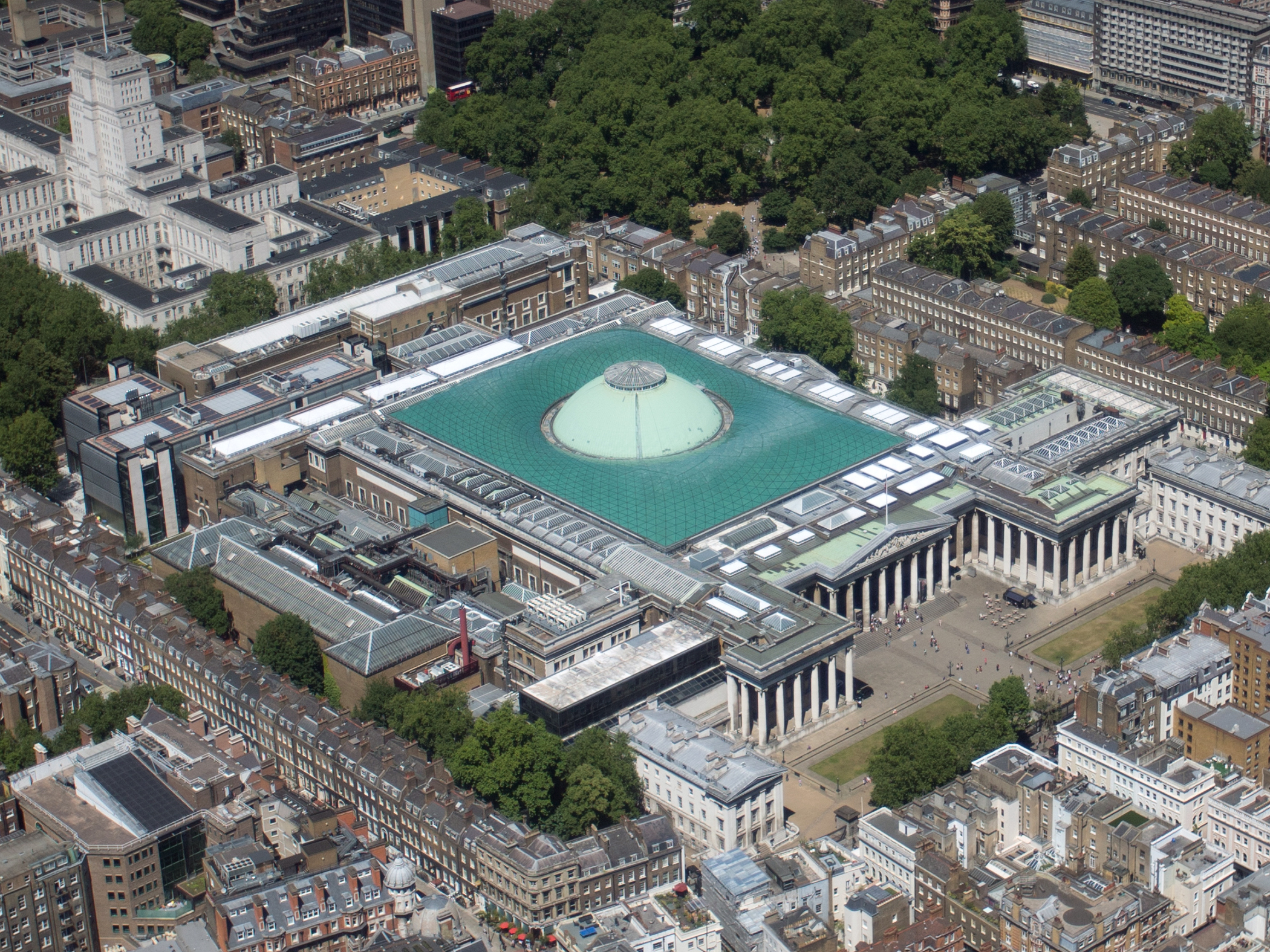
The Parthenon
The Parthenon is one of the most exceptional treasures of Athens and was built thousands of years ago as a temple to the goddess Athena. Under the Ottoman rule, its functionality changed quite a bit. At first, it was converted into a garrison. Then the Sultan, Mehmed II, turned the Parthenon into a mosque. Soon, trouble came knocking at their door. By this point in history, Greece had been governed by the Ottoman Empire for hundreds of years. They ruled Greece for 400 years until the Greek War of Independence in 1821. Under the Ottoman rule, one significant landmark of Athens went through some major changes.

The Ambassador
Thomas Bruce was a Scottish nobleman and the seventh Earl of Elgin. He was looking towards a promising career as a politician. But when he was called in to act as the ambassador to the Ottoman Sultan, Selim III, he embarked upon a journey that changed the course of history forever. Even before accepting his post, Bruce had addressed many officials of the British Government to ask if they are interested in hiring artists to create drawings and molds of the Parthenon sculptures claiming that he wants to make his embassy profitable to the progress of fine arts in Great Britain.

Fit Idea
Bruce’s proposal of displaying the relics in public proved to be prosperous. Tourists from all around the world came to see the beautiful pieces of Greek history. The whole thing became a massive hit for tourism in London making it the largest exhibit at The British Museum. The idea of displaying the relics might have been a hit but Bruce’s other ideas were not so successful. He planned to restore some of the artifacts to make them look more attractive. But this idea did not execute well and the process ended up destroying the pieces. They shattered even further and instead of improving their state they ended up being worse than before.

Still A Controversy
Two hundred years later, the Parthenon controversy has still not subsided. People around the world are strongly divided on the debate of whom the collection belongs to. Most of the Greek population naturally feels that the pieces should be returned to their home in Athens. The Greek Government has constantly appealed Britain to return them for almost two centuries. Britain is not interested in returning the marbles. Officials claim that the art is representative of the European culture as a whole and not just Greek culture. Hence they think it belongs in Britain where they are displayed at one of the biggest and most popular exhibits at the British Museum.

The Museums’ Take
The British Museum claims that the Acropolis Museum in Athens allows the rest of the Parthenon sculptures to be recognized against the backdrop of ancient Greek and Athenian history whereas the Parthenon sculptures in London are a primary symbol of ancient Athenian culture in the context of world history.

